

Killer Is Dead isn’t interested in being mainstream, and that’s a refreshing feeling when retail games becoming increasingly homogenized. If you’re in tune with the action game’s post-modern, macabre vibe, then Killer Is Dead is an invigorating break from the norm. Sadly, it’d be easier to get in tune with it if the game’s pacing and tech issues didn't get in the way.
Killer Is Dead’s assassin-for-hire/hero is Mondo Zappa, a stylish man of mystery that executes deserving targets for cash. Mondo and his interesting, oddball support team--including a Japanese schoolgirl and a laid back cyborg--spend the episodic campaign taking on new clients and exacting bloody revenge on their targets. It sounds straightforward, but each assignment ratchets up the stimulating weirdness to keep players on their toes. After an early stage sends Mondo (sans spacesuit) to a castle on the moon, Killer Is Dead quickly establishes an engaging, unpredictable atmosphere, and that’s helped by the shadowy visuals and eclectic soundtrack.
The core combat in Killer Is Dead is far more predictable than its plot, but the action gameplay is done well. Mondo primarily attacks with his samurai sword, and its hack ‘n slash combos are deepened by the numerous defensive options. You quickly learn that well-timed blocks and sidesteps allow for more cinematic slashings, and bigger combos unlock splendidly gory executions. Some recent games have had deeper action, but Killer Is Dead is content to find its groove and stick with it.
Mondo’s secondary ranged attacks are less interesting, but Killer Is Dead doesn’t aim to be a shooter. There’s fun to be had switching up ranged and close attacks on an enemy, but the gunplay is predominantly used to blast the occasional, faraway henchmen that’s shooting you in the back. Regardless of how you choose to take on your foes, though, all of Mondo's attacks come with purchasable upgrades, a fine system that should’ve been given more space to grow.
While the action is a treat thanks to its fluidity, you'll find yourself wishing there was more variety to the enemies you'll face. Killer Is Dead throws the same handful of baddies at Mondo throughout, and destroying the same beast-monsters over and over gets a bit monotonous at times. Still, the incredibly creative boss fights more than make up for the repetitive regulars. Whether it’s a Yakuza with a deadly tiger tattoo or a huge insect that grows more disgusting by the second, each of Mondo’s targets has some clever gameplay trick that make them reward enough for reaching the end of a level.
Mondo’s globetrotting killing spree is an eclectic mix of stages filled with quality action, but the game stumbles when the end comes too soon. A normal playthrough will take most about seven hours, and you’re left feeling a little empty by the finale. The last areas have some fitting bombast, but little is explained or resolved. We didn’t expect a script as strange as Killer Is Dead’s to have a fairy tale ending, but it could have used more substance.
The plentiful side content proves that the gameplay holds up without the offbeat storytelling. The majority of the ancillary modes are timed challenges and combat exercises that revisit previous areas. They’re fun, but occasionally the reused levels highlight how bland some of the level design is. Meanwhile, the hedonistic Gigolo Mode fills time by taking players through a number of dating minigames. These brief distractions are shallow from a pure gameplay standpoint, while the visuals (meant to titillate) will leave most feeling like pervs for seducing digital women by staring at their breasts. It’s not the game’s proudest moments.
When Killer Is Dead’s limited amount of content isn’t holding it back, tech issues are. The game suffers from a surprising amount of screen tearing. That and the game’s uneven barrage of load screens don’t render the game unplayable, but these problems are something we expect more from a PS2 game than on PS3/360.
Killer Is Dead successfully separates itself from the pack, but it doesn’t live up to all its potential. It ends too soon, is padded with reused areas, and suffers from tech problems that should be defunct. It’s a credit to the design that it’s still worth playing in spite of all that. If you want to experience something that revels in its strangeness, those obstacles are worth overcoming; it’s just a shame they had to compromise this inventive title.
Reviewed on the PS3

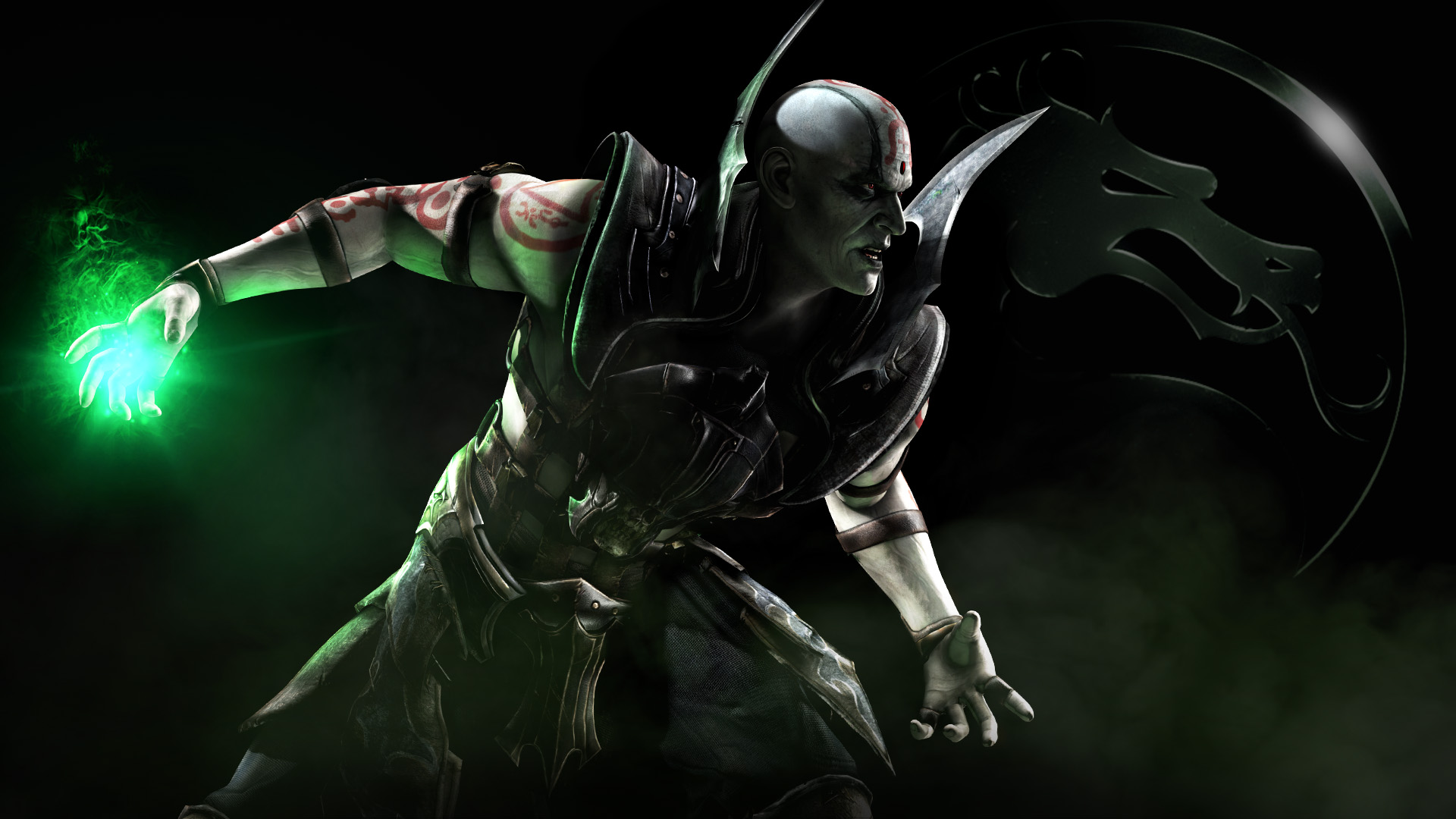
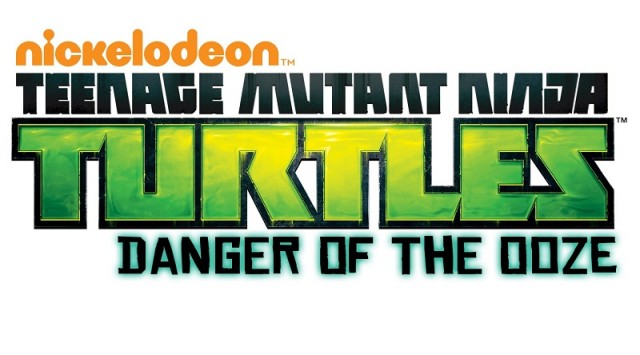
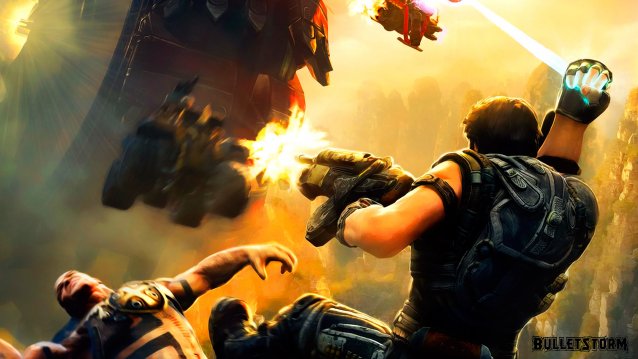
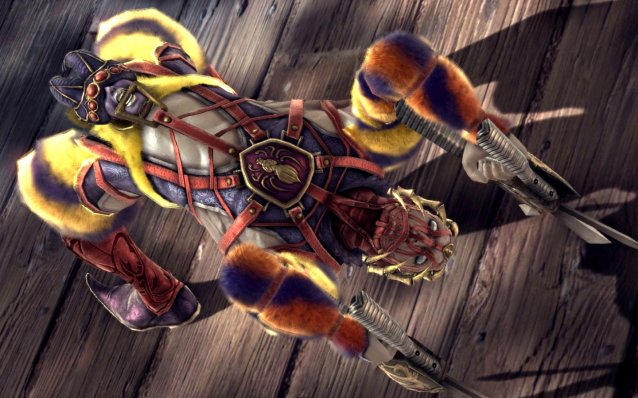 Why We Cant Have Male Leads in Videogames
Why We Cant Have Male Leads in Videogames 20 Best Maps for Minecraft 1.5.2
20 Best Maps for Minecraft 1.5.2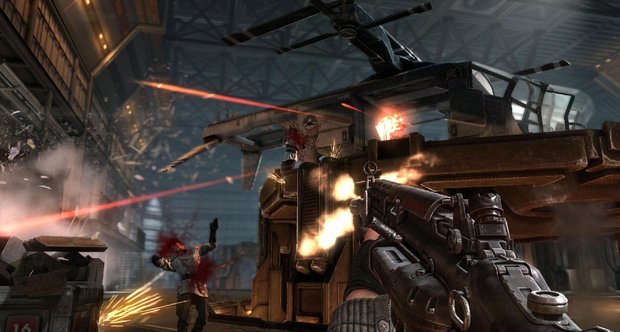 Wolfenstein: The New Order Walkthrough Guide Part 8 - The Bloody Bloody Prison Break
Wolfenstein: The New Order Walkthrough Guide Part 8 - The Bloody Bloody Prison Break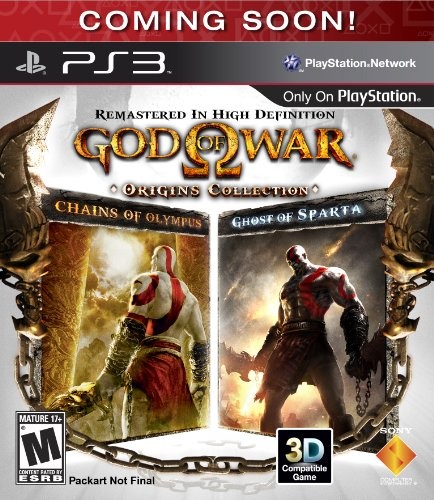 God of War Origins Trophies list
God of War Origins Trophies list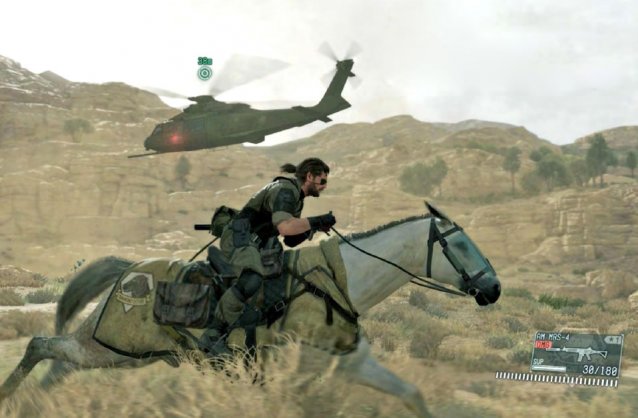 MGS V: The Phantom Pain Buddy Unlocking and Abilities Guide
MGS V: The Phantom Pain Buddy Unlocking and Abilities Guide